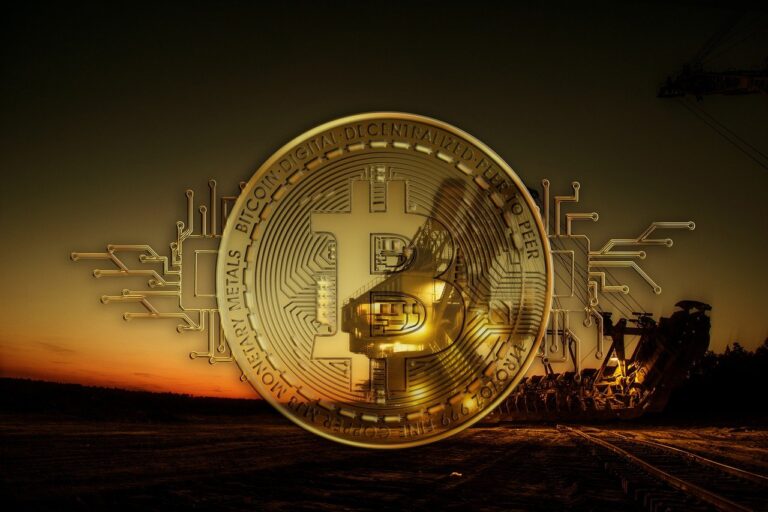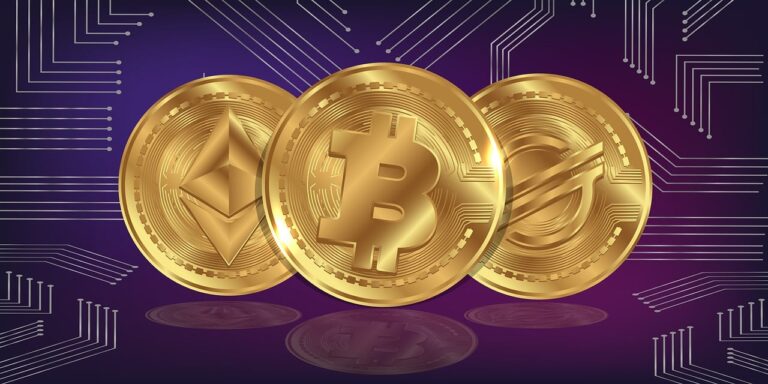Cryptocurrency was born out of the idea of decentralization — a revolutionary departure from centralized financial systems governed by banks, corporations, and governments. The very first cryptocurrency, Bitcoin, introduced in 2009 by the pseudonymous Satoshi Nakamoto, was designed to operate without intermediaries. Instead, it relied on a peer-to-peer network, open-source code, and cryptographic trust.
More than a decade later, crypto has grown into a trillion-dollar ecosystem, spawning thousands of coins, decentralized finance (DeFi) protocols, decentralized autonomous organizations (DAOs), and much more. But as adoption increases, so do questions: Is crypto really decentralized? Or is decentralization more of an ideal than a reality?
In this article, we’ll explore what decentralization truly means, how it varies across projects, the myths surrounding it, and where crypto falls short — as well as where it delivers.
What Does Decentralization Really Mean?
At its core, decentralization refers to the distribution of authority, control, and decision-making across a network rather than having it concentrated in the hands of a central entity.
In the context of crypto, decentralization is applied to:
-
Governance: Who decides on protocol upgrades or changes?
-
Infrastructure: Who runs the network’s nodes or validators?
-
Access and Participation: Can anyone use or contribute to the network?
-
Development: Is the code open-source and managed by a community or a company?
True decentralization aims to prevent single points of failure, censorship, and control by elites. However, the degree to which these ideals are achieved varies widely.
Myth #1: All Cryptocurrencies Are Decentralized
Reality: Many cryptocurrencies are not fully decentralized.
While Bitcoin and Ethereum are among the most decentralized networks, many others rely heavily on central teams, companies, or foundations. Consider the following examples:
Centralized Examples:
-
Ripple (XRP): Maintained and largely controlled by Ripple Labs.
-
Binance Smart Chain (BSC): Launched by Binance and runs with only a limited set of validators.
-
Solana (SOL): While fast and scalable, Solana has been criticized for outages and validator centralization.
Projects often begin as centralized entities and promise decentralization over time, but many retain significant control due to funding, development, and governance structures.
Myth #2: Decentralization Equals Security
Reality: Decentralization enhances security, but it’s not a guarantee.
In theory, decentralized networks are more secure because there is no central point of attack. For example, Bitcoin’s Proof-of-Work model uses thousands of miners worldwide, making it extremely difficult to compromise.
However, decentralization doesn’t inherently protect against:
-
Poor code audits
-
Smart contract vulnerabilities
-
Rug pulls in DeFi projects
-
Governance manipulation in DAOs
Security still depends heavily on code quality, user behavior, and good practices.
Myth #3: Anyone Can Participate Equally in a Decentralized Network
Reality: Not all participants have equal access or influence.
Although crypto networks are technically open, barriers to entry still exist:
-
Running a full Bitcoin node requires technical knowledge and storage capacity.
-
Staking on Ethereum requires 32 ETH or the use of staking pools.
-
Governance tokens often concentrate power in the hands of whales or venture capitalists.
Many governance models operate on the principle of “one token, one vote,” meaning users with more capital have more influence — a form of plutocracy rather than democracy.
Myth #4: Decentralized Exchanges (DEXs) Are Fully Decentralized
Reality: Many DEXs rely on centralized components.
Decentralized exchanges like Uniswap, SushiSwap, or PancakeSwap allow peer-to-peer trading without custodians, which is a major improvement in decentralization. However, they often include centralized elements such as:
-
Front-end hosting (usually on centralized servers or services)
-
Admin keys or backdoors allowing developers to halt trading or upgrade contracts
-
Heavy reliance on a small set of oracles for price feeds
Truly decentralized trading is still evolving, and most users rely on centralized interfaces to interact with “decentralized” backends.
Myth #5: Bitcoin Is Perfectly Decentralized
Reality: Bitcoin is more decentralized than most cryptocurrencies, but not without flaws.
Bitcoin is widely regarded as the most decentralized digital asset, thanks to:
-
A large global mining network
-
A diverse node distribution
-
No central development company
However, there are still concerns:
-
Mining centralization: A small number of mining pools control a majority of Bitcoin’s hash rate.
-
Developer influence: Bitcoin Core developers, while not centralized, still hold significant sway over upgrades.
-
Hardware manufacturers: A few companies dominate ASIC production, creating dependencies.
So while Bitcoin is a leader in decentralization, it’s not immune to centralizing tendencies.
Layers of Decentralization: It’s Not Binary
Decentralization is not an “on” or “off” switch — it exists on a spectrum. Most crypto projects fall somewhere in between:
| Aspect | Centralized | Hybrid | Decentralized |
|---|---|---|---|
| Node infrastructure | Few nodes | Global nodes but with clusters | Broad global distribution |
| Governance | Founder-led | Community forums & voting | On-chain governance |
| Token distribution | Team holds majority | Airdrops + funding rounds | Wide, fair launch |
| Development | Private dev team | Open-source with gatekeepers | Fully open, community-driven |
Understanding where a project falls on this spectrum helps investors and users evaluate its risk, resilience, and mission alignment.
Why Decentralization Matters
Even if full decentralization is difficult to achieve, striving for it provides critical benefits:
1. Censorship Resistance
No single authority can block transactions or freeze funds.
2. Transparency
Open-source code and public blockchains provide unparalleled transparency in financial systems.
3. User Empowerment
Users control their funds, data, and identities — no banks or intermediaries required.
4. Global Access
Crypto empowers users in authoritarian regimes, underbanked regions, and financially repressive environments.
Obstacles to True Decentralization
While decentralization is noble, several challenges prevent its widespread realization:
1. Economic Incentives
Early investors and founders often accumulate large amounts of tokens or governance power.
2. Technological Complexity
Running nodes, developing dApps, or participating in governance requires high technical literacy.
3. Scalability Trade-offs
Decentralization often slows down performance. Centralized systems are faster but sacrifice security and openness.
4. Legal Pressure
Regulators often push back on decentralized projects, pressuring them to appoint leadership or take responsibility.
The Path Forward: Improving Decentralization
Achieving better decentralization requires innovation, commitment, and community involvement.
1. Progressive Decentralization
Some projects start centralized and slowly shift power to users over time (e.g., Compound, Arbitrum). This controlled transition allows for growth without chaos.
2. Fair Token Launches
Avoid pre-mines and VC-heavy sales. Emphasize community distributions, retroactive airdrops, or liquidity mining.
3. Governance Innovation
Move beyond “one token, one vote.” Explore quadratic voting, delegated governance, or soulbound identity systems to create fairer outcomes.
4. Infrastructure Diversity
Encourage more nodes, validators, and client software diversity to prevent central points of failure.
5. Decentralized Front Ends
Use IPFS, Arweave, or ENS domains to host interfaces in a decentralized manner.
Decentralization Is a Process, Not a Promise
Cryptocurrency has made incredible strides in challenging centralized power structures and offering new paradigms for finance, governance, and digital identity. But the notion that all crypto is inherently decentralized is a myth. Decentralization is not absolute — it must be earned, tested, and constantly maintained.
For users, investors, and builders, the takeaway is clear: Scrutinize claims of decentralization. Look beyond marketing slogans and examine how governance, infrastructure, and participation are actually distributed.
In the end, decentralization isn’t about perfection — it’s about principles. And even imperfect decentralization is often better than complete control by a central authority.



